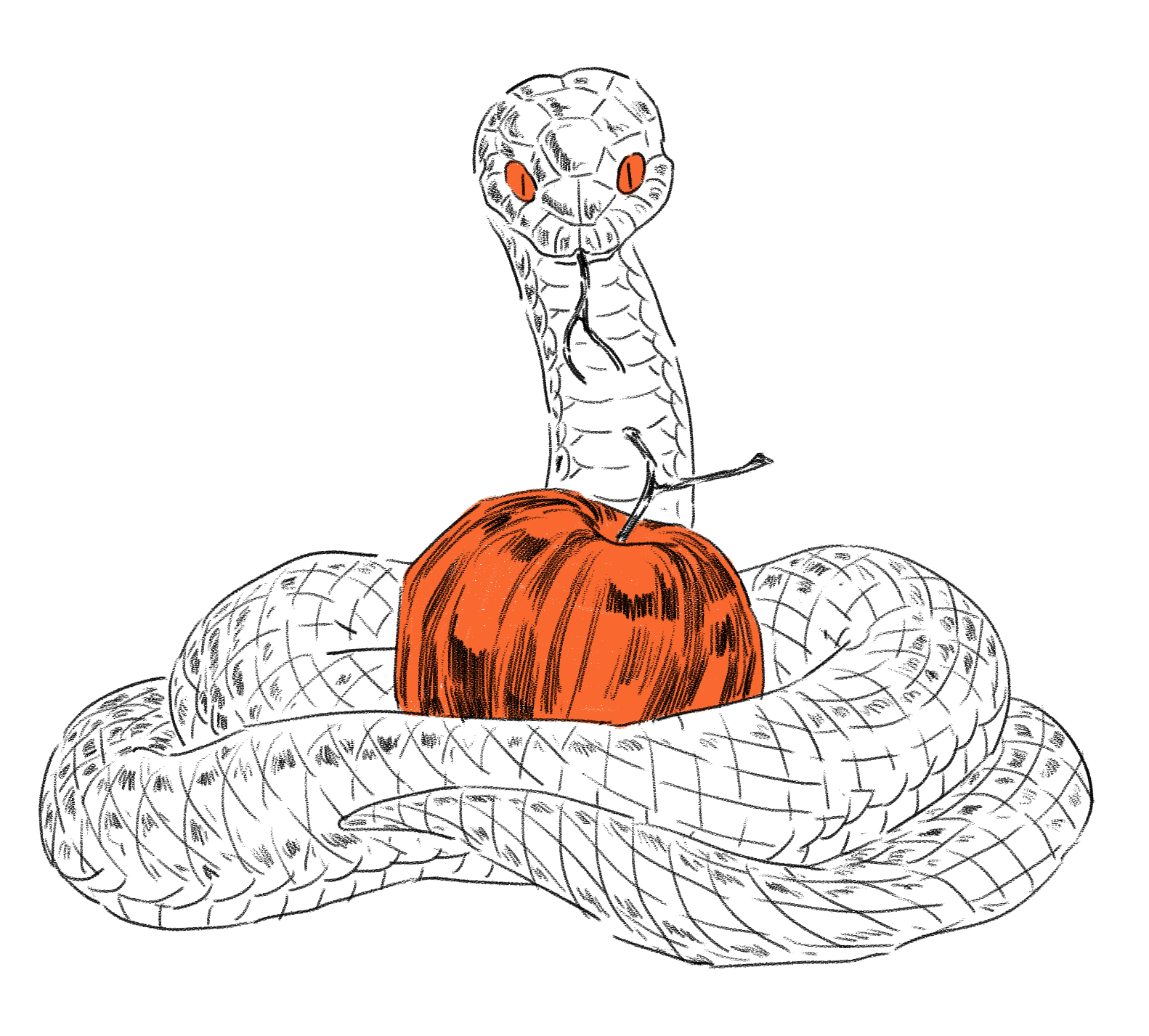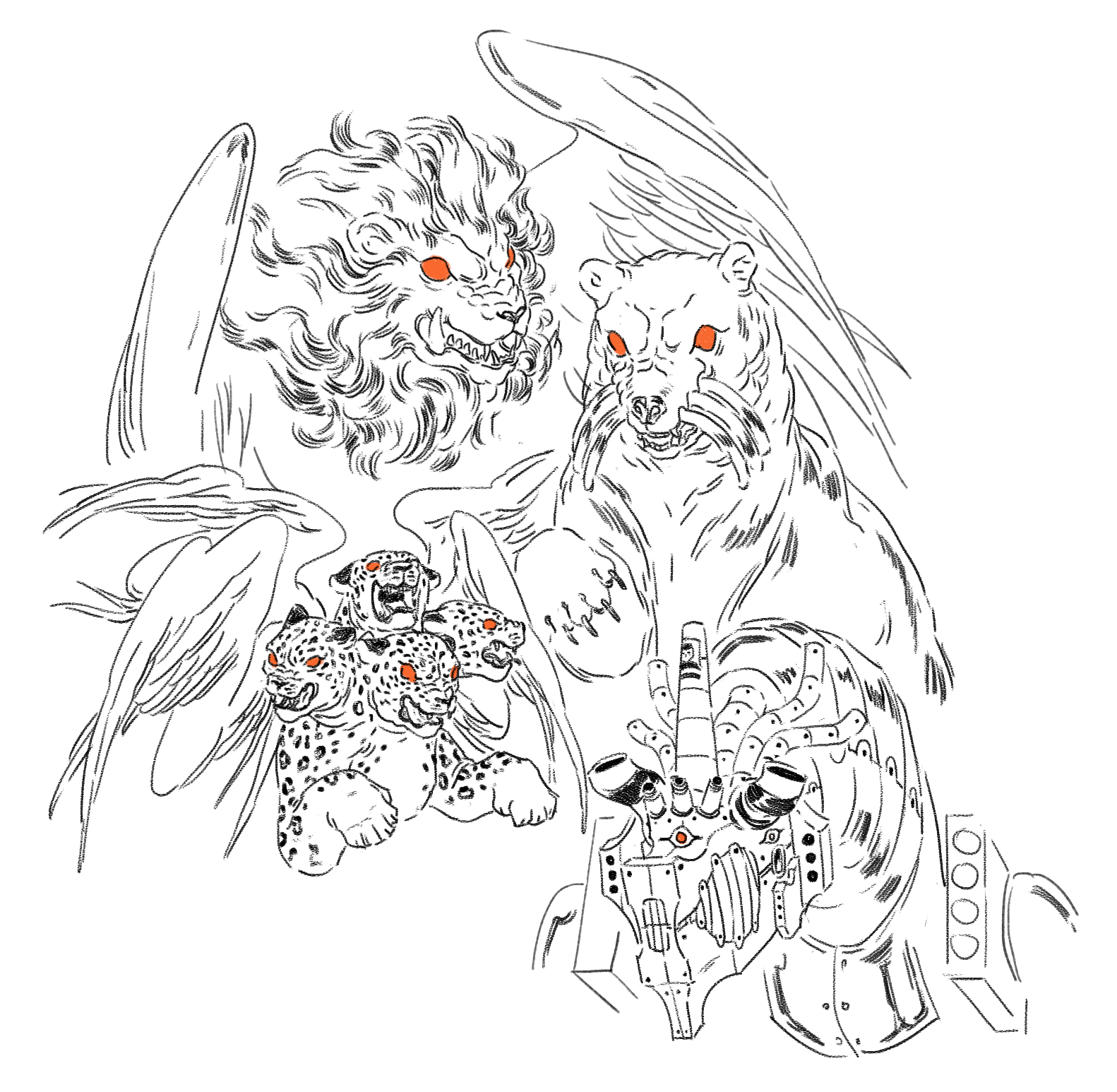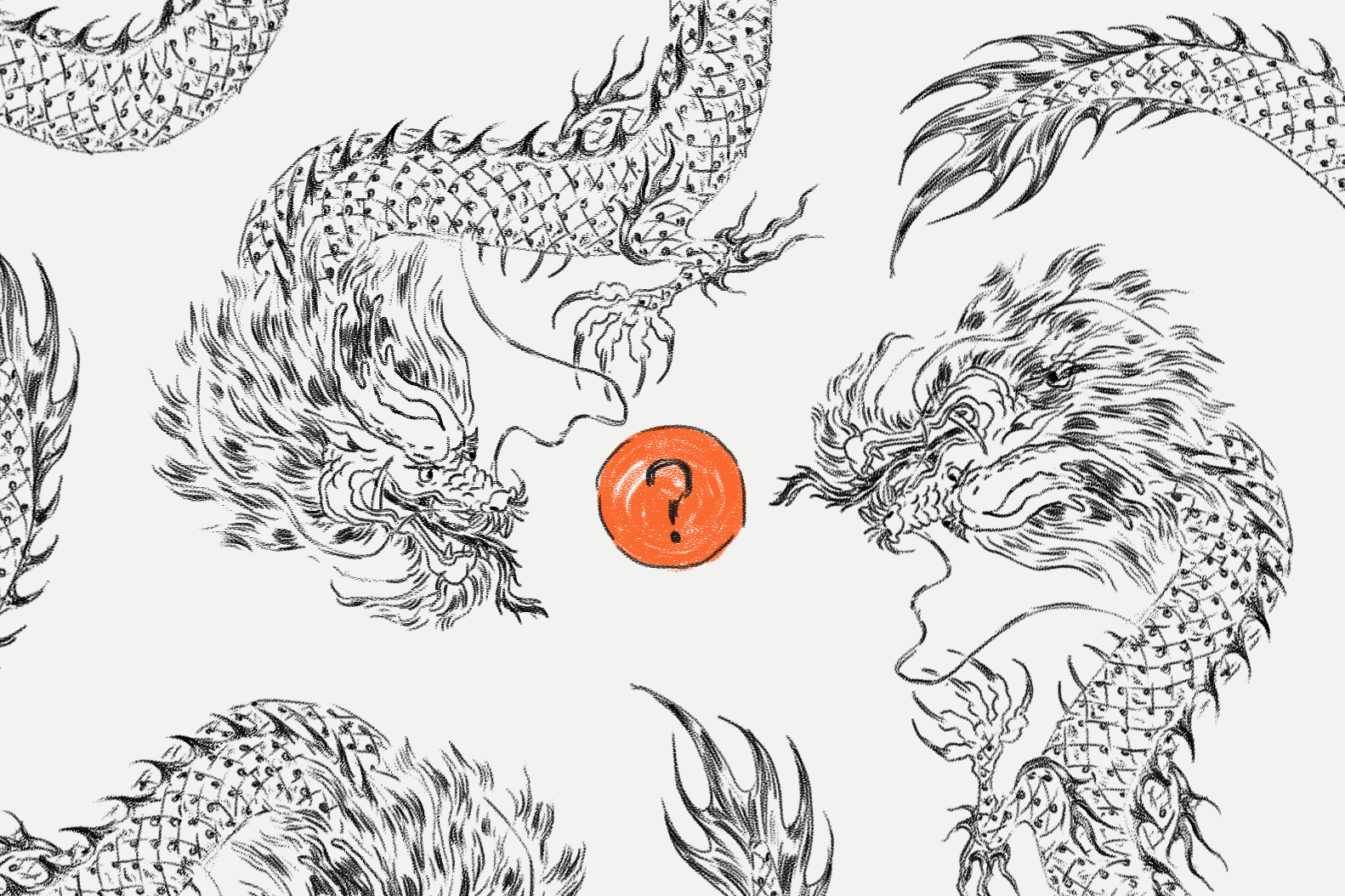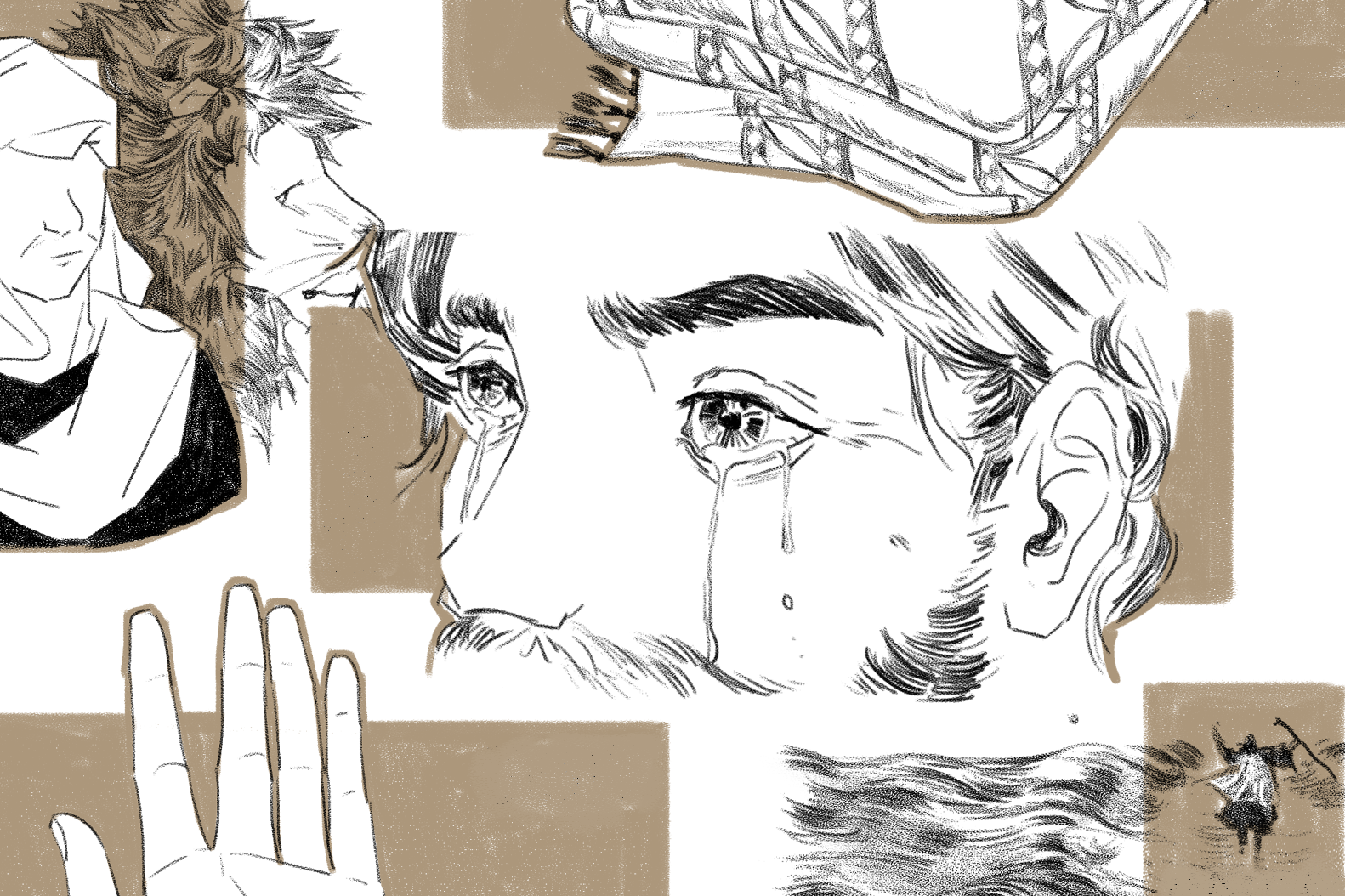Seen the dragon décor in Chinatown for Chinese New Year recently? One look, and one would immediately understand the hilarious uproar the dragon caused online.
But while this Shrek-like dragon may be comical, dragons in the Bible are far less light-hearted.
Dragons in the Bible? That’s right — the Bible does mention them. They just might not look like Toothless from How to Train Your Dragon….
Tannins (and not the tea kind!)
The Ancient Hebrew word to describe a large lizard-like creature is tannin. Many Bible scholars of the King James Version (KJV) translated tannin into “dragon”.
However, the term “dragon” wasn’t used because actual fire-breathing dragons existed; rather, the KJV Bible was printed before the word “dinosaur” was coined. Thus, the word “dragon” merely refers to large reptilian creatures.
Moreover, we should be careful to not confuse tannin for tannim, which translates to “jackals”. Many early English Bible translations confused these two terms, causing tannim to be thought of as dragons.
And so, “dragons” in this article are simply talking about serpent-like creatures.

Now with the definitions and historical context out of the way, let us dive into the Bible.
The word tannin first appears in Genesis 1:21 during God’s fifth day of creating the world. On that day, God separated serpent-like sea creatures from dry land.
However, the word tannin is not used to describe anything insidious until we meet Adam and Eve; one could wonder if the sea creatures God created on day five are related to the dragon-like serpent that tempted Adam and Eve (Genesis 3).
Here, we begin to see how this dragon-serpent is a manifestation of the spiritual darkness that entices us to fall into sin. Still, this is only the beginning.
Further into the Old Testament, many vicious kings and their kingdoms are likened to dragons.
Be it Pharaoh, the “great dragon” who enslaved the Israelites (Ezekiel 29:3, 32:2) or the devouring “serpent” king in Nebuchadnezzar of Babylon (Jeremiah 51:34), biblical authors used dragon-like imagery to describe the greed and corrupted power of these kings.
But what about us today?
The Bible Project gives a multitude of insightful points on how dragons relate to us in the modern period.
For one, dragons represent our rebellious and violent nature. The “dragons” in us cause us to wreck havoc on God’s perfect creation, enticing us through sinister and crafty ways to sin.
Much like Ancient China’s nian beast, the dragons of the Bible are relentless in wanting to devour us. However, while the Chinese New Year legend illustrates the physical suffering that the nian might bring, the biblical portrayal of dragons leans more towards the spiritual death of humans.

This spiritual death is why we are prone to malice, to anger, to harm. The sin that coils around us and entangles us is why suffering and darkness envelope humanity.
The book of Daniel also contains his vision of four beasts arising from the sea (Daniel 7:1-8). These beasts are ferocious and abominable, and they are a small glimpse of a broken world where evil powers rise up to terrorise mankind.
We don’t have to look far for events happening around the world that mirror the escalating terror these beasts impose. And sadly, it often seems that such beasts are undefeatable.
The image I have painted here is undeniably bleak, but let us not forget that we have a dragonslayer.
The Dragonslayer
What I learnt from the Bible Project is that Daniel’s vision does not end with the beasts overcoming him. Instead, someone new appears in his vision. Someone clothed in white and surrounded by fiery flames (Daniel 7:9-14).
Daniel describes this person as the Son of Man — which is one of Jesus’s titles (Matthew 18:11, Mark 8:31) in His ministry in the New Testament.
The hero in Daniel’s vision is Jesus, who was sent down to defeat the beasts.
Throughout Jesus’ life on earth, the dragon was merciless in attempting to take Him down. Yet Jesus overcame all these trials.
Jesus’ final act to save us came in the most unique form. Rather than choosing to kill the dragon, Jesus chose to surrender His Spirit to God the Father and lay his life down for us.
In a sense, Jesus’ sacrifice echoes the story of Jonah who was trapped in the belly of the sea monster for three days and three nights. In the same way, the Son of Man was “in the heart of the earth” for three days and three nights (Matthew 12:39-41).
But all hope is not lost. Much like Jonah who was spat out by the sea monster, Jesus did not die in the belly of the beast. Instead, He rose from the dead.
Christ’s resurrection from the dead ushers in a new age, a new coming.
A new kingdom
Towards the end of the Bible, we see some references to dragons yet again which echo what we saw in the start.
But the tone in Revelation is triumphant: we are no longer bounded by fear because we have Jesus. We can now revel in the promise that one day the “great dragon” will be casted out and defeated for good. (Revelation 12:9, Revelation 20:2).
The book of Revelation is not doom and gloom. It’s about the promise that one day, through the Second Coming of Jesus Christ, the dragon will be slain. All evil will be eliminated for good.
Though the world and its dragons may strip away what we have, we can rest assured that we are overcomers because of Jesus.
- In the Bible, why is it challenging for humans to slay the dragon?
- What are some dragons in our life that need to be slain?
- How can you take practical steps to do so?









